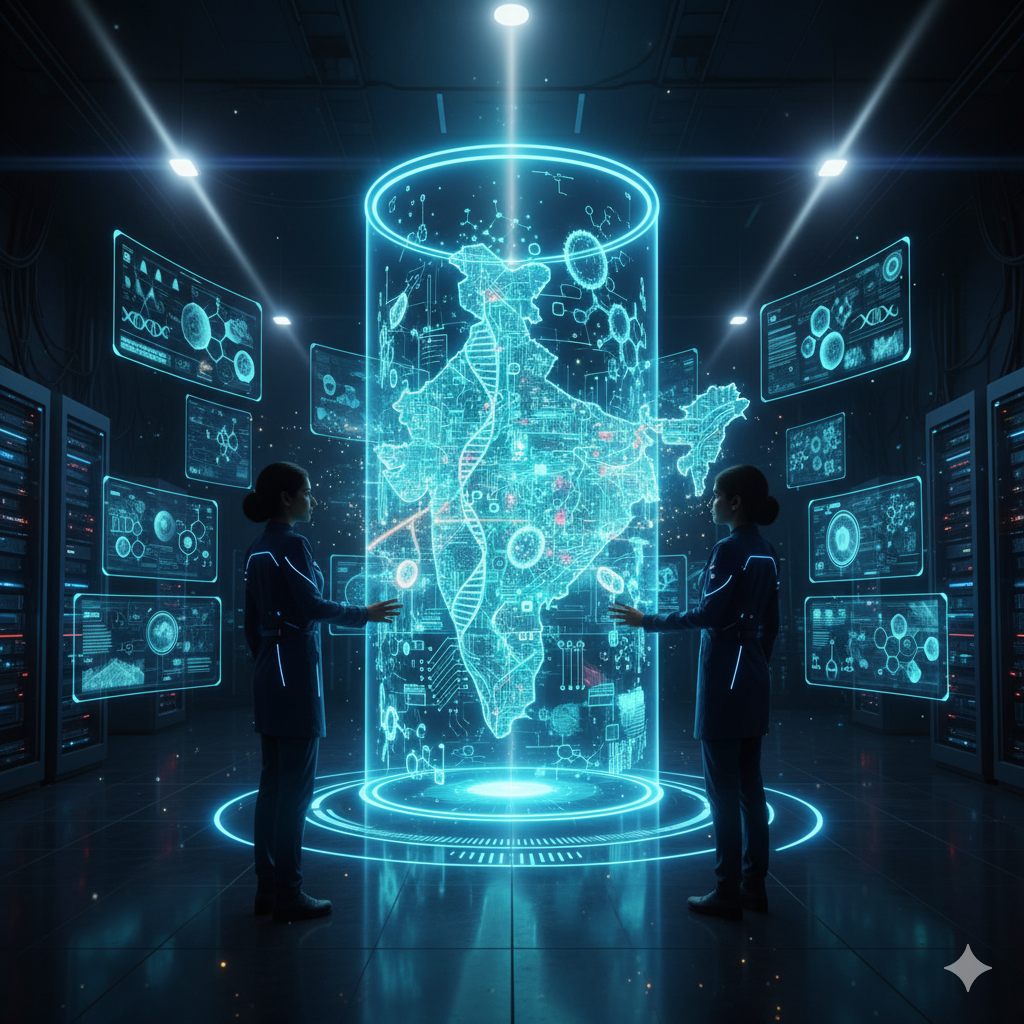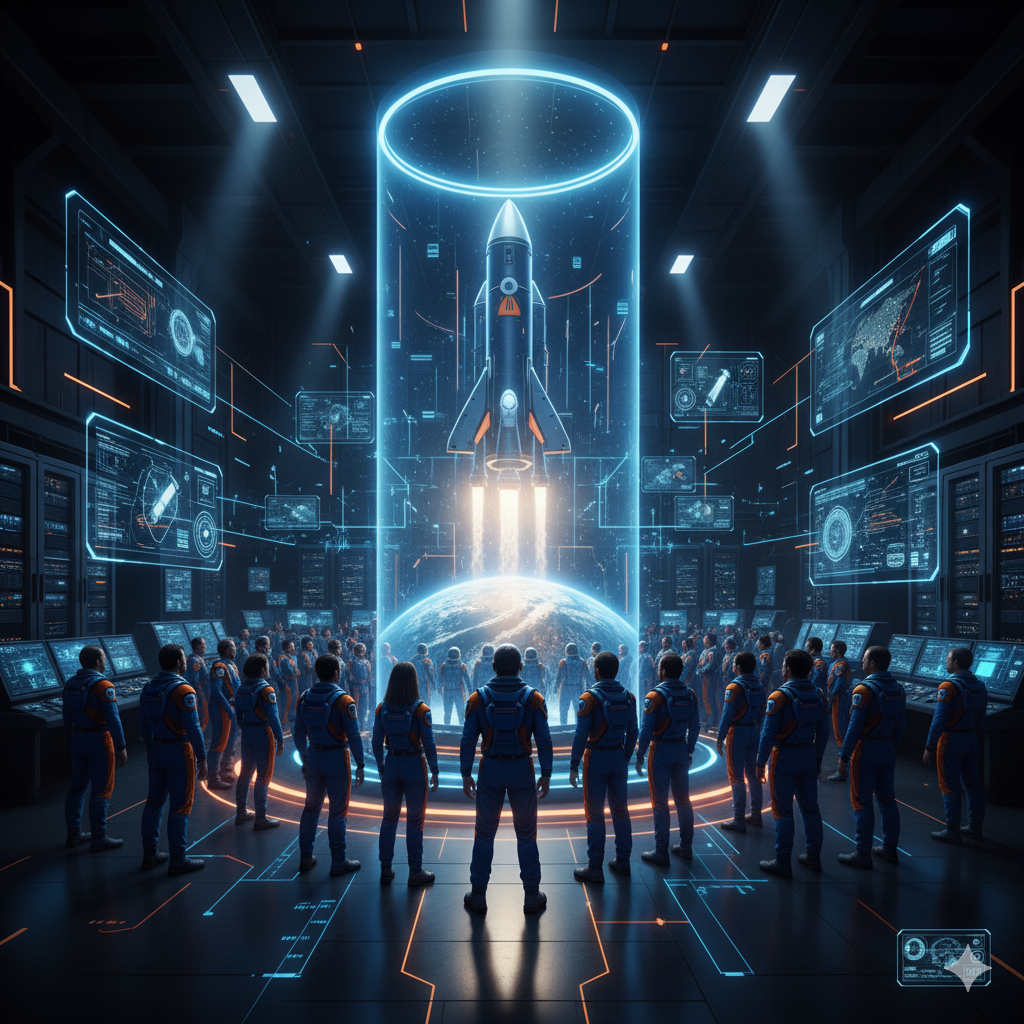Introduction
Artificial Intelligence (AI) has rapidly emerged as a cornerstone of technological evolution in the 21st century. Among its most transformative applications is AI-driven automation, a concept that blends machine learning, deep learning, robotics, and intelligent systems to automate complex tasks traditionally performed by humans. Unlike traditional automation, which follows pre-defined rules and logic, AI-driven automation can learn, adapt, and make decisions based on real-time data, marking a shift from deterministic to cognitive systems.
AI-driven automation is reshaping industries, governance, education, and even our daily lives. From manufacturing floors to smart homes, from banking algorithms to healthcare diagnostics, AI is not just supporting human efforts—it is increasingly leading them. This article explores the concept, components, applications, benefits, challenges, and the future trajectory of AI-driven automation.
Understanding AI-Driven Automation
What is AI-Driven Automation?
AI-driven automation refers to the use of Artificial Intelligence technologies to automate tasks that typically require human intelligence. These tasks include perception (e.g., visual recognition), decision-making, problem-solving, natural language understanding, and even emotional intelligence. It goes beyond robotic process automation (RPA), which is rule-based, and enables systems to learn from data and improve over time.
Key Technologies Involved:
- Machine Learning (ML): Enables systems to learn from data and improve performance without explicit programming.
- Natural Language Processing (NLP): Allows machines to understand, interpret, and respond to human language.
- Computer Vision: Powers facial recognition, object detection, and image classification tasks.
- Robotics: Uses AI algorithms to control physical machines that interact with the environment.
- Cognitive Automation: Combines AI with automation tools to mimic human behavior in decision-making and judgement.
Difference Between Traditional Automation and AI-Driven Automation
| Aspect | Traditional Automation | AI-Driven Automation |
|---|---|---|
| Rule-based | Follows pre-defined static rules | Learns from data and adapts dynamically |
| Flexibility | Rigid and limited to specific tasks | Flexible and handles complex, evolving tasks |
| Learning ability | No learning capability | Continuously improves via machine learning |
| Error handling | Poor in handling exceptions | Learns from errors and adapts intelligently |
| Decision-making | Requires human intervention | Can make autonomous decisions |
Applications of AI-Driven Automation
1. Manufacturing and Industry 4.0
- Smart factories use AI for predictive maintenance, quality inspection, and autonomous assembly lines.
- AI-driven robots can handle dangerous, repetitive, or precision-intensive tasks.
- Example: Tesla and Siemens use AI to optimize their production processes.
2. Healthcare
- AI automates diagnostics, such as reading X-rays or detecting diseases from lab reports.
- Virtual health assistants help in managing appointments, patient interactions, and reminders.
- Example: IBM Watson assists in cancer treatment planning by analyzing patient data.
3. Finance and Banking
- Automated fraud detection using AI pattern recognition.
- Chatbots and virtual assistants for customer service.
- Algorithmic trading and risk assessment.
- Example: JPMorgan’s COiN platform reviews legal documents using AI in seconds.
4. Retail and E-Commerce
- Personalized recommendations based on consumer behavior.
- Inventory management and demand forecasting.
- AI-enabled chatbots for 24/7 customer support.
5. Agriculture
- AI-driven drones and sensors analyze soil health, detect pests, and predict crop yields.
- Automated irrigation and fertilization systems optimize resource use.
6. Transportation and Logistics
- Self-driving vehicles using AI for navigation, object detection, and decision-making.
- Route optimization for deliveries using real-time data analytics.
7. Education
- Intelligent tutoring systems adapt to students’ learning pace and style.
- Automation of administrative tasks like grading and attendance.
8. Public Administration and Governance
- AI automates routine government services such as tax filing, benefit distribution, and grievance redressal.
- Example: Estonia’s e-Residency program uses AI for identity verification and business registration.
Benefits of AI-Driven Automation
1. Increased Efficiency
AI can process large volumes of data and perform tasks faster than humans, leading to higher productivity.
2. Cost Reduction
Reduces the need for manual labor in repetitive tasks, cutting down operational costs in the long term.
3. Consistency and Accuracy
AI systems eliminate human error and maintain high standards of output quality.
4. 24/7 Availability
Unlike human workers, AI systems can function continuously without fatigue.
5. Data-Driven Decision-Making
AI can identify trends and patterns in data, helping businesses and governments make informed decisions.
6. Enhanced Customer Experience
Through chatbots, recommendation engines, and automated service platforms, customer interaction becomes faster and more personalized.
Challenges and Risks of AI-Driven Automation
1. Job Displacement
One of the most pressing concerns is the potential displacement of workers, especially in low-skilled jobs.
2. Ethical and Legal Issues
Automated decision-making can lead to bias, privacy violations, and accountability dilemmas.
3. Security Risks
AI systems are susceptible to cyberattacks, data breaches, and adversarial inputs that can mislead the system.
4. High Initial Investment
Setting up AI-driven systems requires significant capital and expertise, making it inaccessible for smaller entities.
5. Dependence on Data Quality
Poor or biased data can lead to incorrect decisions, reducing the reliability of the automation.
The Future of AI-Driven Automation
1. Hyperautomation
An upcoming trend where AI, machine learning, RPA, and other technologies converge to automate end-to-end business processes.
2. Autonomous Systems
Advances in AI will enable fully autonomous systems like self-driving cars, drones, and robots capable of operating without human intervention.
3. Democratization of Automation
No-code or low-code AI platforms will empower non-technical users to automate tasks, leading to widespread adoption.
4. Human-AI Collaboration
Rather than replacing humans entirely, future systems will focus on enhancing human capabilities—termed “augmented intelligence.”
5. AI in Policy and Regulation
Governments will adopt AI-driven tools for efficient policymaking, fraud detection, and better citizen engagement.
Case Studies
1. UiPath in Business Automation
UiPath, a leader in robotic process automation, uses AI to help businesses automate customer onboarding, data extraction, and document verification. Its impact has been seen in sectors like banking, insurance, and telecom.
2. Amazon’s Automated Warehouses
Amazon employs thousands of AI-driven robots in its fulfillment centers for sorting, packaging, and transporting goods—reducing delivery times and increasing efficiency.
3. India’s Digital India Mission
AI is being used in India to automate e-governance services like Aadhaar-based authentication, online education platforms, and health record management.
AI-Driven Automation in India: A Special Focus
India, with its digital-first approach and booming tech ecosystem, is rapidly embracing AI-driven automation across sectors:
- Healthcare: Telemedicine and AI-based diagnostic tools are transforming rural healthcare.
- Agriculture: Startups like CropIn use AI for crop monitoring and yield prediction.
- Governance: Platforms like DigiLocker, eCourts, and GSTN use AI for document automation and citizen services.
However, India also faces challenges like lack of digital infrastructure in rural areas, limited AI literacy, and data privacy concerns. The National Strategy on AI by NITI Aayog emphasizes AI for All, ensuring inclusive and ethical use of automation technologies.
Ethical and Social Considerations
As AI takes over more decision-making processes, it is crucial to consider:
- Transparency: Users should know when they are interacting with AI.
- Fairness: AI algorithms must be free from racial, gender, or socio-economic biases.
- Accountability: Clear frameworks are needed to determine who is responsible in case of AI failures.
- Inclusivity: AI should not deepen the digital divide between urban and rural or rich and poor.
Conclusion
AI-driven automation represents one of the most disruptive forces of our time. While it promises unprecedented gains in efficiency, innovation, and economic growth, it also brings significant challenges in employment, ethics, and governance. The way forward lies in responsible innovation—designing systems that are transparent, inclusive, and beneficial for all sections of society.
For students, policymakers, entrepreneurs, and technologists, understanding AI-driven automation is not just an academic pursuit—it is a necessity. As the world marches toward a more automated future, informed decision-making will ensure that AI serves humanity and not the other way around.




